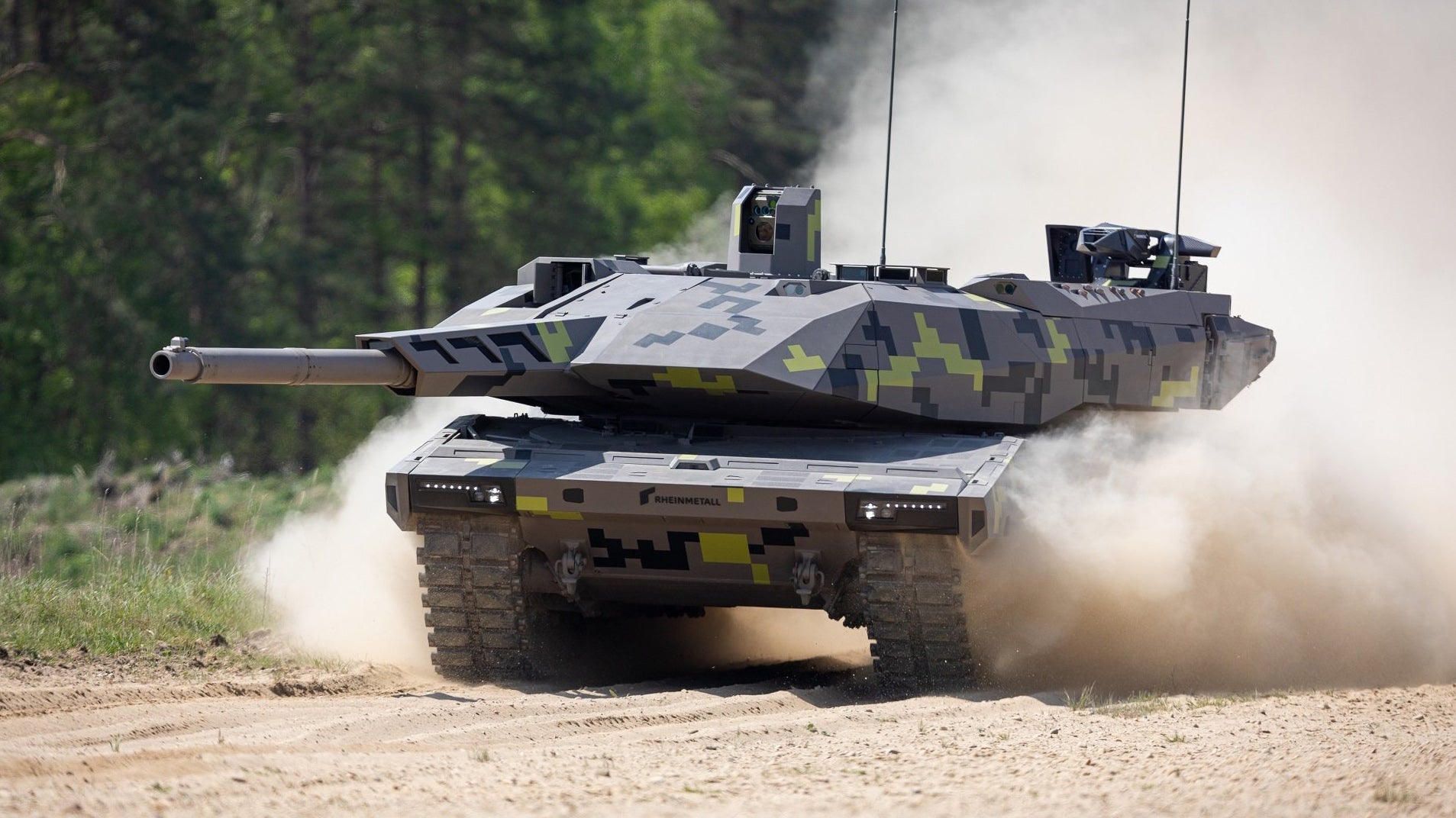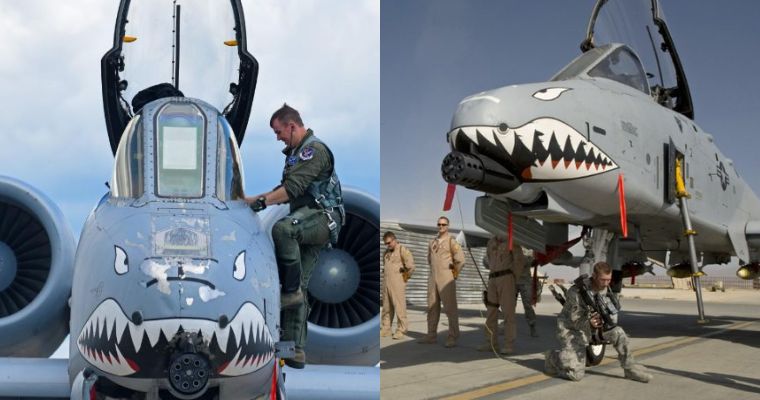If you want to say what the most eye-catching new tanks of Russia and NATO are, there is no doubt that they must be the Russian T-14 “Amata” and the German KF-51 “Black Panther”.

The two traditional tank powerhouses have their own understanding of the fourth-generation tanks, so who can better represent the development direction of the fourth-generation tanks?

First of all, let’s take a look at the T-14. The “Amata” tank has been making a high-profile appearance for several years. In recent years, Russia has not hidden it at all in order to expand foreign trade users. Therefore, the main performance indicators of the “Amata” have basically been ignored Almost leaked.
The biggest improvement of the T-14 is the unmanned turret. Thanks to this unmanned turret, the T-14 can not only deploy all the members in the car body, but also sacrifice the protection of the turret and pile the armor on the car body. In fact, this makes the physical thickness of the front of the “Amata” body more than one meter. Coupled with the new generation of “fossil” explosive reactive armor, it is not impossible for the armor-piercing bullet to reach the equivalent of 1 meter of homogeneous steel.
However, the T-14 is very conservative in the choice of weapons. It is still a 125mm gun, but it has been replaced with a newer model 2A82. However, thanks to the unmanned turret design, the automatic loader has also been changed to a new vertical one. The turntable loader has completely got rid of the shackles of the T-64/72/80/90 old-fashioned turntable loader to limit the length of the projectile. The matching 3BM69/3BM70 “vacuum-1/2” armor-piercing projectile (one is depleted uranium and the other is tungsten), It can penetrate more than 800mm homogeneous steel at a distance of 2000 meters. It is enough to deal with the third-generation tanks such as M1A2 and Leopard 2A6, but it is hard to say whether it will be enough in the future. It can be said that although the T-14 is known as the fourth-generation tank, it still retains a lot of “third-generation” flavors.

As for the KF-51, which just debuted in June this year, first of all, it is not in the same style as the T-14 in terms of appearance. At first glance, the appearance of the tank is quite eye-catching, full of sci-fi style, which makes people instantly think of the T-14. The highly hyped Polish PL-01 stealth tank, but according to the information provided by Rheinmetall, the appearance design of KF-51 does not take into account the stealth, I am afraid it is purely for good looks, the real highlight of KF-51 does not lie in this Sci-fi appearance, but its “inside”.
First of all, the turret of the KF-51 looks huge, which shows that the KF-51 does not use an unmanned turret like the Russian T-14 Armata tank. The turret has always been huge, but the KF-51’s turret is still a bit exaggerated. The reason why the turret is so big is naturally because there are too many things to accommodate, and these are precisely the technical highlights of the KF-51.

Stimulated by the Russian T-14 tank, Rheinmetall equipped the KF-51 tank with an unprecedented FGS artillery system, a 130mm 52-caliber smoothbore gun, which Rheinmetall claims has more muzzle kinetic energy than all 120mm guns in service. The smoothbore gun is 50% higher, and the muzzle kinetic energy of the RH-120/L55 of the Leopard 2A6 tank is about 12.7 megajoules when firing the DM63 armor-piercing projectile. Therefore, it is estimated that the kinetic energy of the 130mm smoothbore gun can exceed 19 megajoules, and the total length reaches 1.3 meters. It may not be a problem for the huge shells to penetrate more than 1 meter at 2000 meters, and its power is enough to penetrate any active tank in the world.
Although the caliber of the new gun is larger, the weight of the whole gun can still be maintained at about 3 tons, which is roughly equivalent to that of the RH-120 gun. Therefore, the third generation of Western tanks can still upgrade the 130mm gun. In fact, the gun was originally a It was installed on the British Challenger 2 tank for demonstration and verification, and the KF-51 tank displayed this time is actually new wine in old bottles-its chassis is actually the chassis of the Leopard 2A4 tank.

It is obviously impossible to reload the huge 130mm shells by manpower, so KF-51 is equipped with a tail compartment type automatic loading machine on the right side of the rear of the turret, with 20 rounds of ammunition, and it is next to the automatic loading machine. On the left side of the tail of the turret is a quadruple-installed lifting loitering bomb launcher, which is used to launch the Hreo-120 loitering bomb developed by the Israeli UVision company. The battery life has reached 1 hour and the combat radius is 60km. It also provides long-term battlefield reconnaissance and surveillance capabilities for tanks, as well as long-range strikes. In addition, there is a quad-rotor mini-drone launcher at the right rear of the turret, which further enhances situational awareness. At the same time, it is precisely because of the need to operate drones that although KF-51 uses an automatic loader, it still has four members, and the fourth person is the drone operator.
In addition to drones, KF-51 also installed multiple cameras around the car body and turret to solve the field of vision problem of traditional tanks. All sensors and display controllers are integrated in the NATO No. 4754 standardized full-vehicle digital architecture. Group members can share sensor images and data with each other.

Compared with the amazing firepower of the 130mm artillery and the powerful situational awareness brought by drones and sensors, the defense of the KF-51 tank is quite radical. According to the data given by Rheinmetall, the tank’s combat The total weight is only 59 tons. In the environment of collective fattening of Western tanks (Challenger 2TES has a total weight of 74.8 tons, M1A2C has a total weight of 73.55 tons, and Leopard 2A7V has a total weight of 68 tons), which seems a bit abnormal. Considering that The weight occupied by the huge turret, the protection of the KF-51 tank may not be very satisfactory, and it may not be as good as the top three and a half tanks in active service.
Rheinmetall’s design is obviously more hopeful for the active protection system (ADS). According to reports, it is equipped with two active protection systems, AMAP and TAPS. Top-attack anti-tank missiles and terminal-sensitive bombs, but the TAPS system did not show much at the defense exhibition, and there is a lack of relevant information. Although considering that the active protection system developed by Rheinmetall successfully intercepted all six missiles during the test in Sweden, the success rate reached 100%, but it is still a bit too radical to put all the treasures on the active protection system.

Since it uses the chassis of the Leopard 2A4 tank, the KF-51 still continues to use the MB873 diesel engine and integrated power pack, but Rheinmetall claims that it can be upgraded to MB880 or MB890 series engines if required. From the perspective of the chassis, the verification demonstration of KF-51 seems to be more meaningful. Although it has undergone considerable innovations in terms of firepower, protection, and situational awareness, the chassis of the Leopard 2 and the manned turret are still full. If Germany really chooses Rheinmetall’s plan as the next-generation tank, the final service product will probably be quite different from the KF-51 displayed this time. If you use an airplane as an analogy, The KF-51 is probably closer to the YF-22 prototype than to the F-22A fighter.
In general, although T-14 and KF-51 are both known as fourth-generation tanks, they still have a strong “third-generation” flavor left in them. They may not lead the development trend of fourth-generation tanks. The future development direction of modern tanks is probably not very clear yet.








